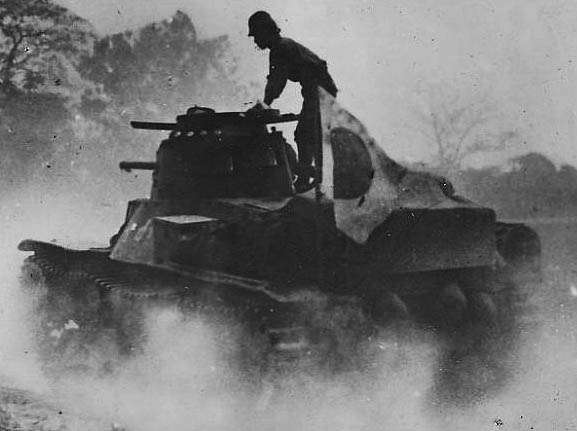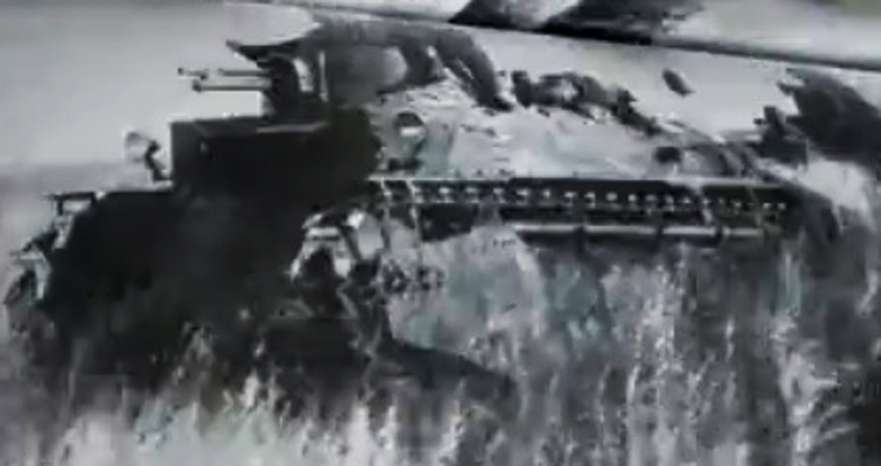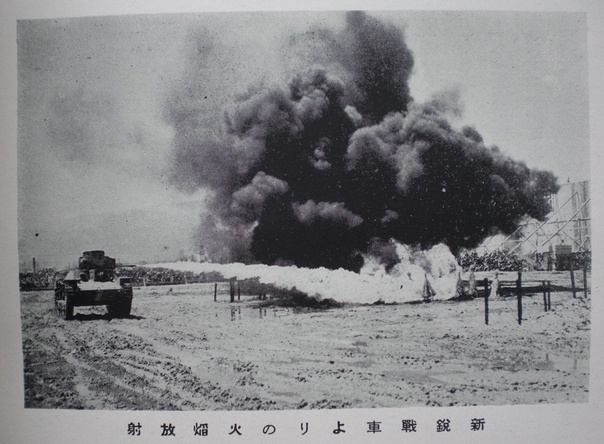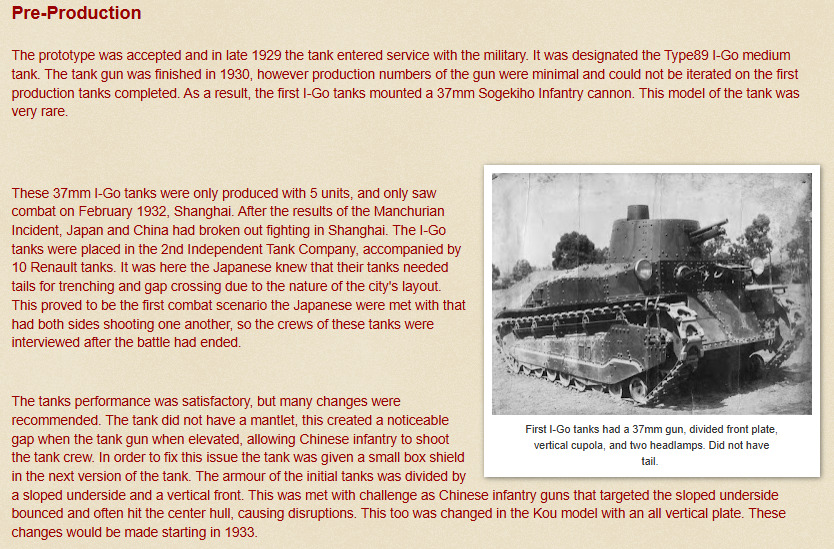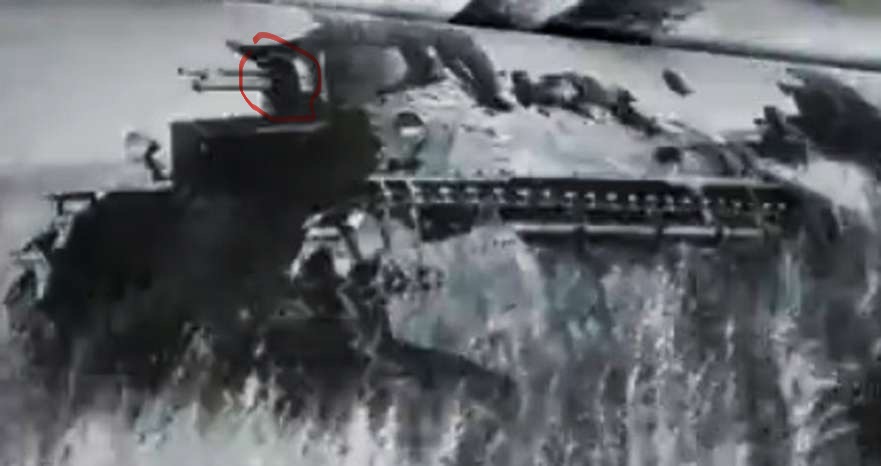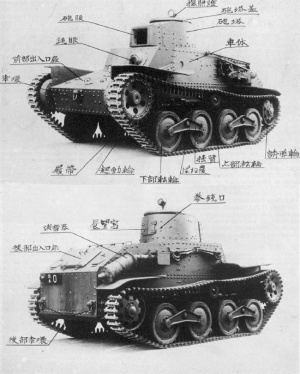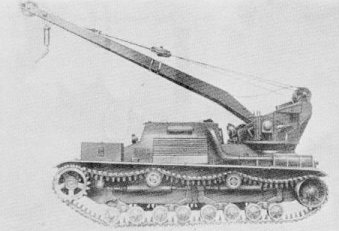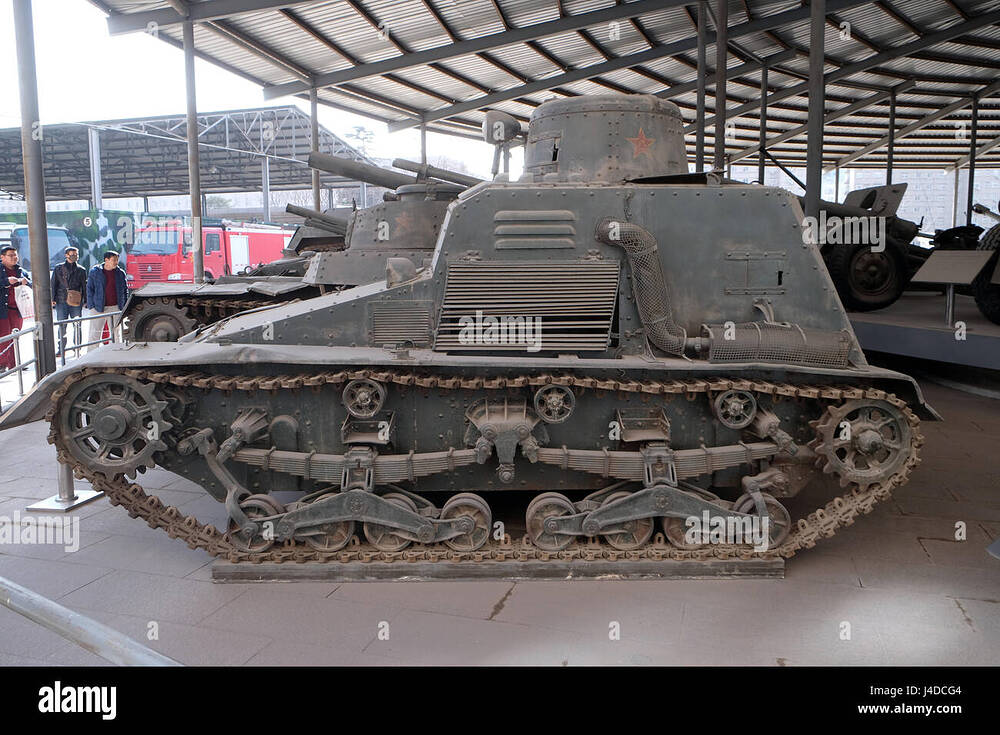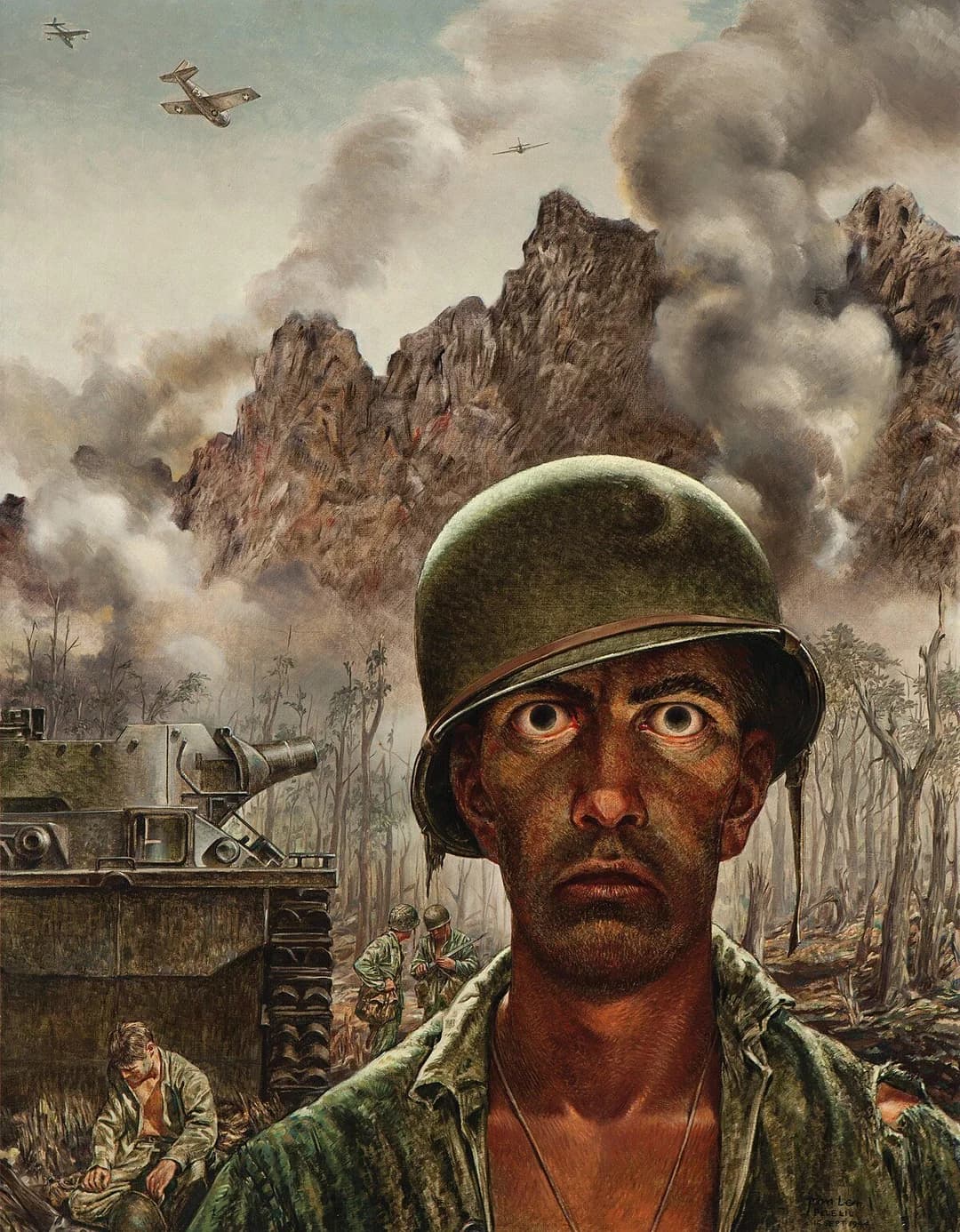I found a book that provides an in-depth explanation of the M4A3/T53. It’s titled 「純国産ガスタービンの開発」 (The Development of an All-Japanese Gas Turbine), written by Yukio Ohtsuki. He was the General Manager of the Gas Turbine Division at Kawasaki Heavy Industries and served as the lead engineer for the gas turbine research used in this tank from 1971 to 1973.
Cover

The book details the entire process of the project from beginning to end, though it doesn’t mention when exactly the turret was removed. However, the book does present quite a few facts that differ from what’s commonly known about this tank. Here’s a summary of the key points I discovered:
- The engine used in this tank was not the T5311A. It was the T5309B. There’s not much difference between the two—both are rated at 1,100 horsepower—but the T5309B is about 3 kg lighter.
Page 45

- While this project is often described as a single research effort from 1969 to 1971, that’s not accurate. In fact, there were two separate projects that used the same vehicle:
-
The first was conducted from 1968 to 1970 and titled “Research and Development of a Gas Turbine for Tanks (Driving Tests with a Gas Turbine Engine Installed)” (戦車用ガスタービンの開発研究(ガスタービンエンジン搭載走行テスト)).
-
The second was carried out from 1971 to 1973 under the title “Research on a Compact Heat Exchanger System for Gas Turbines” (ガスタービン用コンパクト熱交換器システムの研究).
-
The first project was led by section chiefs Iwao Yamamoto and Atsuhide Tanimura, and the second by Yukio Ootsuki, the author of the book.
- The first study simply involved mounting the T5309B onto an M4A3 tank. From August to December 1969, the vehicle was tested on Kawasaki and Defense Agency roads. Later, from August to September 1970, it underwent driving tests at the Fuji training ground. These tests were completed successfully.
Page 45


The photo you posted was taken during the Fuji tests. Since the turret was clearly missing at that time, the only period when it might have still been attached is during the road tests in 1969.
- Surprisingly, the story about the chief engineer dying during testing appears to be completely false. The failure of the second project was due to technical problems with the heat exchanger. According to the book, air was leaking from the heat exchanger, which caused abnormally high exhaust temperatures and made sustained operation impossible. The final engine test was conducted in early October 1972, but due to the extreme exhaust temperatures, the test had to be cut short. There was no rollover accident, nor did any engineer die.
Honestly, the rumor was oddly specific, so I tried hard to find a source, but came up empty. The project leader (the author), the key engineer who built the heat exchanger (Yukio Nishiyama), the person in charge of operations (Yoshimi Nishihara), and other core researchers like Takaro Sato and Haruki Kaneno—all of them were fine when the project ended. At the very least, none of the main engineers died.
While not confirmed, it’s likely that this rumor originated from MaiWaffenträger. As most of us know, her descriptions are far from reliable.
Page 47


- In the end, the project failed due to budget issues. In 1973, the Defense Agency offered 200 million yen, but the author demanded 2 billion yen. The negotiation never moved forward, and the project was terminated.
Here’s a brief timeline to summarize everything:
1968 – Start of the “Research and Development of a Gas Turbine for Tanks (Driving Tests with a Gas Turbine Engine Installed)”
1969 – On-site road driving tests at Kawasaki
1970 – Successful driving tests at the Fuji training ground; project concluded
1971 – Start of the “Research on a Compact Heat Exchanger System for Gas Turbines”
1972 – Test failure due to leakage in the heat exchanger
1973 – Project canceled due to budget issues
In conclusion, the only time period during which the turret might have still been attached was between August and December 1969. However, I wasn’t able to find any photos or records from that time. Overall, the Russian post you shared contains a lot of inaccurate information and unfortunately can’t be considered reliable.

Additionally, there is no evidence that this photo was taken in 1969. In the original journal, the “1969” text at the top of the image does not indicate when the photo was taken — it simply refers to the overall research project. Judging by the background, the photo was most likely taken during the 1970 test at the Fuji training ground.
Lastly, the only confirmed record I could find from the first research project is that it was presented at the 12th Technical Research Conference of the Defense Agency’s Technical Research and Development Institute on November 17, 1970, and that there’s some official documentation summarizing it. Unfortunately, I haven’t been able to obtain or read that material.
I also searched through the Defense Agency’s technical reports held at the National Diet Library, but I couldn’t find anything related to this particular project. Kawasaki or the Defense Agency probably still have internal records, but naturally, I don’t have access to them.
Personally, I really like how unique this vehicle is, and I’d love to see it represented in a game someday. But realistically, I think I’ve reached the limit of what I can research on my own. I sincerely hope someone out there is able to collect and compile complete information on this fascinating vehicle.













































